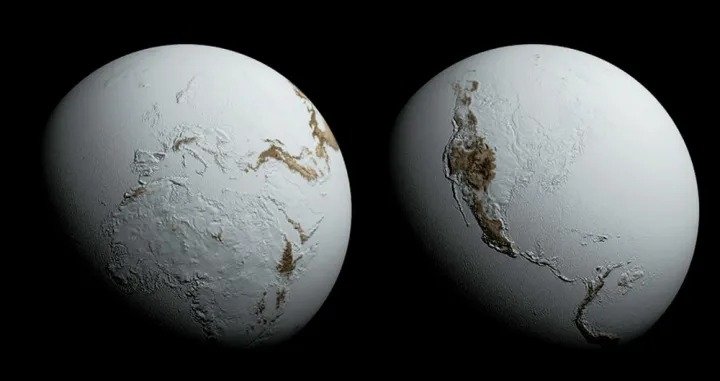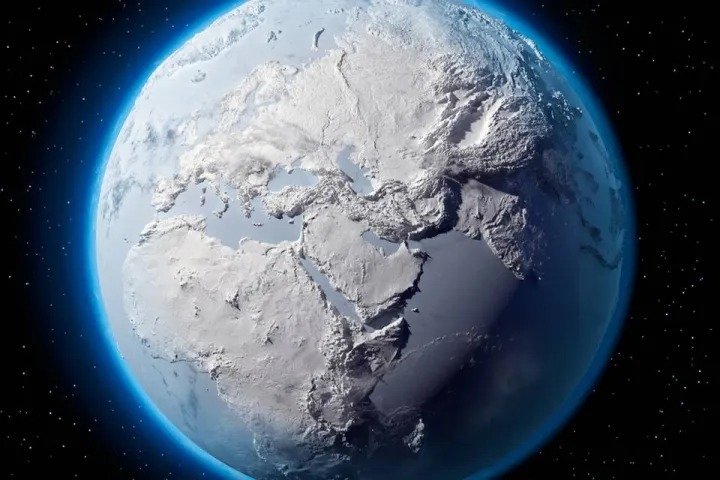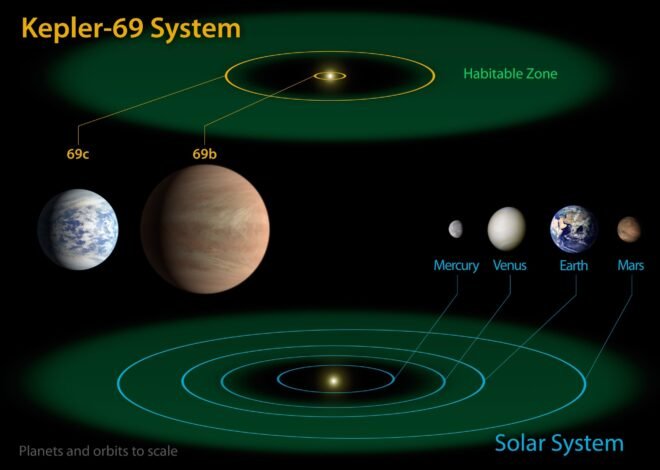
What would happen if the Earth’s rotation axis was no longer tilted?
If the Earth’s rotation axis were not tilted (meaning the angle between the Earth’s axis and the ecliptic plane became 90 degrees), our planet would not actually have seasons like it does now.
Many people would assume that the duration of sunshine at the same latitude is fixed throughout the year and that temperature fluctuations from cold to hot will disappear.
However, when viewed scientifically, this will bring about a long `ice age` that could even directly destroy human civilization.
At the beginning of this million-year disaster, if human civilization had not yet developed to the stage of star colonization, there was a high possibility that human civilization would perish.
At the beginning of the last century, a Yugoslav scholar named Milankovitch hypothesized the cause of the Quaternary Ice Age through analyzing the correlation between climate change and changes in parameters.
Simply put, his hypothesis believes that the cause of ice ages has nothing to do with how cold the winters are, instead it has a lot to do with how cold the summers are in high-latitude areas of the hemisphere
We know that the tilt of the Earth’s axis changes from 22 degrees to 24.5 degrees over a period of 41,040 years.

At the time, there was no evidence to strongly support this hypothesis.
Accordingly, Milankovitch’s hypothesis was proven to be completely correct.
And if a mysterious force keeps the Earth’s rotation axis from tilting, it would lead to lower summer temperatures in high-latitude regions of the northern hemisphere.

Almost all ecosystems froze, and a lot of life on our planet was wiped out.
According to Milankovitch’s theory, when the Earth is no longer tilted, the polar regions will begin to cool and form new ice sheets.
Due to the high albedo of ice and snow (typically, the albedo of ice and snow is greater than 40%, and in extreme cases the albedo can reach 90%), it will reflect mostly
Accordingly, the Earth’s surface temperature will continue to decrease, and this will contribute to the formation of more ice sheets.

As the ice sheet continues to rise, the height of the ice sheet will gradually increase by at least several hundred meters.
Over time, the equator will become as cold as the poles today.

Over time, the Earth’s lava core, along with the movement of plate tectonics, combined with the eruption of volcanic gases… A large amount of carbon dioxide also accumulates in the atmosphere, and
In addition to factors from outer space such as asteroid impacts that can cause the Earth to change the tilt of its axis of rotation, only the greenhouse effect can eliminate this catastrophic freezing climate.
However, this requires a lot of carbon dioxide.
Volcanic eruptions can continuously release carbon dioxide, but this process takes millions of years combined with the help of the Sun for our planet to gradually warm again.
Once this process begins, the ice and snow in the equatorial region will gradually melt, exposing some land, and the Earth’s albedo will decrease slightly, causing a positive feedback on atmospheric warming.
Source: Earthlymission;


